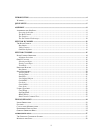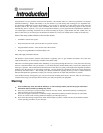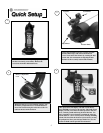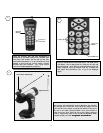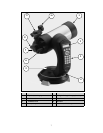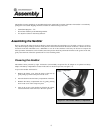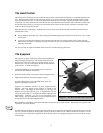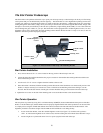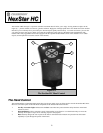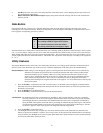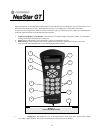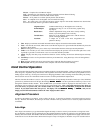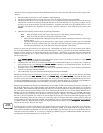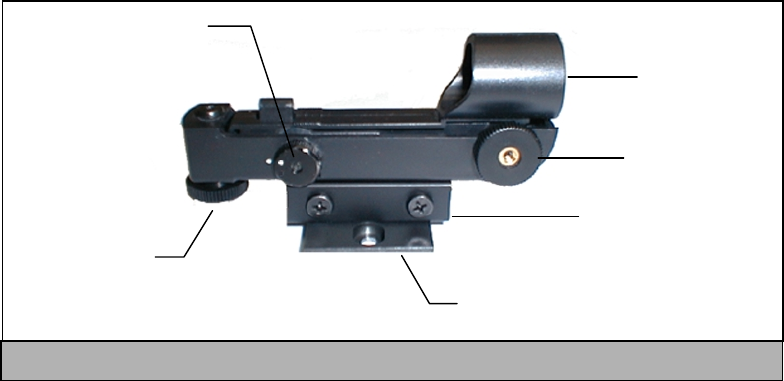
10
The Star Pointer Finderscope
The Star Pointer is the quickest and easiest way to point your telescope exactly at a desired object in the sky. It's like having
a laser pointer that you can shine directly onto the night sky. The Star Pointer is a zero magnification pointing tool that uses
a coated glass window to superimpose the image of a small red dot onto the night sky. While keeping both eyes open when
looking through the Star Pointer, simply move your telescope until the red dot, seen through the Star Pointer, merges with
the object as seen with your unaided eye. The red dot is produced by a light-emitting diode (LED); it is not a laser beam and
will not damage the glass window or your eye. The Star Pointer comes equipped with a variable brightness control, two axes
alignment control and a quick-release dovetail mounting bracket. Before the Star Pointer is ready to be used, it must be
attached to the telescope tube and properly aligned:
Star Pointer Installation
1. First, remove the two 8-32 x ¼" screws located on the top portion of the telescope's rear cell.
2. Locate the square dovetail bracket that has the proper curvature for the NexStar tube and align the holes with the two
holes in the telescope body.
3. Use the two 8-32 x ¼" screws to tighten down the bracket to the rear cell.
4. Once the bracket is mounted, slide the mounting track at the bottom of the Star Pointer over the dovetail portion of the
bracket. It may be necessary to loosen the two screws on the side of the mounting track before sliding it over the
dovetail. The end of the Star Pointer with the glass window should be facing out towards the front of the telescope.
5. Tighten the two screws on the side of the mounting track to secure the Star Pointer to the dovetail bracket.
Star Pointer Operation
The star pointer is powered by a long life 3-volt lithium battery (#CR2032) located underneath the front portion of the Star
Pointer. Like all finderscopes, the Star Pointer must be properly aligned with the main telescope before it can be used. This
is a simple process using the azimuth and altitude control knobs located on the side and bottom of the Star Pointer. The
alignment procedure is best done at night since the LED dot will be difficult to see during the day.
1. To turn on the Star Pointer, rotate the variable brightness control (see figure 3-3) clockwise until you here a
"click". To increase the brightness level of the red dot, continue rotating the control knob about 180º until it stops.
2. Locate a bright star or planet and center it in a low power eyepiece in the main telescope.
Azimuth Control
Knob
Dovetail Mounting Bracket
Mounting Track
ON/OFF
Variable Brightness
Control
Altitude Control
Knob
Figure 3-3: The Star Pointer Finderscope with Mounting Bracket
Glass Window



